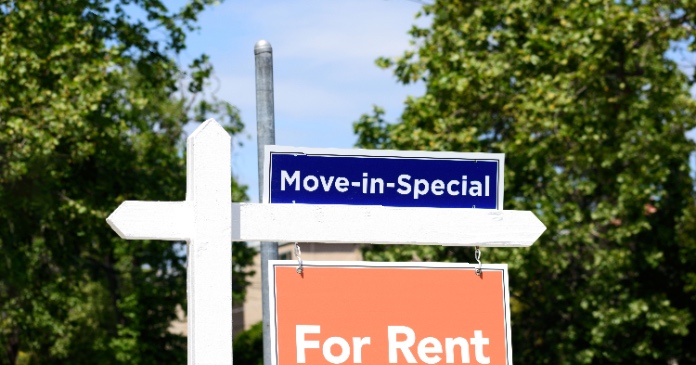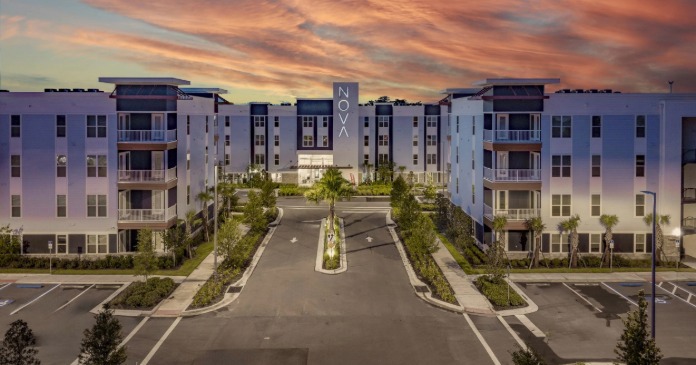The AIA, which represents approximately 400 major insurance companies that provide all lines of property and casualty insurance and write more than $120 billion annually in premiums, published an agenda that contains specific steps that government officials, individuals, business owners and insurers can take to increase financial preparedness and expedite recovery from devastating natural disasters. The proposals include measures to protect people and
property in harm’s way, steps to improve the stability of the insurance market, incentives or individuals to take a greater role in disaster preparedness, and National Flood Insurance Program reform.
Former Gov. of Montana Marc Racicot, AIA president, said he had seen first-hand the destruction of Hurricane Katrina, adding that “AIA and our member insurers believe we can — and must — both rebuild the Gulf Coast safely, and take steps to prevent similar devastation.”
According to experts, 2006 will be another active year and marks the start of a longer cycle of increased hurricane activity over the next 15 to 20 years. With the U.S. now entering the most intense period of the annual hurricane season, Racicot says, “we have arrived at a historic moment for the U.S. property protection system. We must examine all the interdependent elements of this system to make sure they support, rather than undercut, each other.”
More than $7 trillion in privately insured property is at risk in coastal communities today, according to Racicot.
Citing insurers’ long history as leaders in loss control and public safety efforts, Racicot stressed the importance of enactment and enforcement of “effective, universal, and strictly enforced building codes and sensible land use planning policies.” He also noted the importance of a healthy, competitive insurance marketplace founded on “risk-based pricing.”
But ProtectingAmerica.org, a coalition of first responders, disaster relief experts and insurers including State Farm and Allstate Insurance, criticized the proposal for failing to include privately financed catastrophe funding, calling it “a car without seat belts or airbags.” ProtectingAmerica.org supports the creation of a private-public partnership to serve as a backstop to the traditional insurance market in the event of a storm or earthquake of catastrophic proportions.
AIA purports that in a healthy, free market, the cost of things that insurance pays for — such as construction materials, labor, and reinsurance — are properly reflected in the policy price. “True risk-based pricing encourages responsible choices (such as where and how to build a home or business) and discourages dangerous, reckless choices,” noted Racicot. “Artificially suppressed insurance prices distort insurance markets.” He cited the National Flood Insurance Program (NFIP) and state-run wind insurance programs, which have required bailouts, as examples of how politically suppressed rates mask the true cost of coverage, with consumers picking up the costs through back-end taxes or other payments.
“We believe that it is better to be open about the risks and costs of coastal property at the beginning of the land development or purchase process, through risk-based pricing of public and private insurance,” Racicot said. He then noted that an esteemed, independent group of climate scientists recently issued a statement that essentially echoed this point.
Other AIA proposals include: enactment of tax-exempt personal Catastrophe Savings Accounts; creation of state and/or federal programs (e.g., matching grants) to encourage property owners to invest in loss prevention tools, such as hurricane-resistant garage doors and window shutters; and federal and state assistance to improve procedures related to claims adjustors to facilitate payments to disaster victims.














